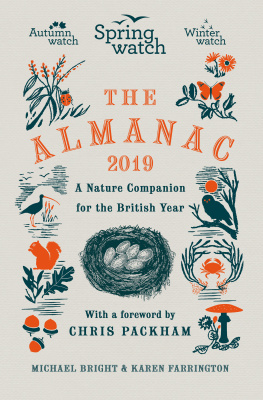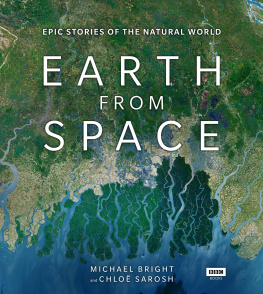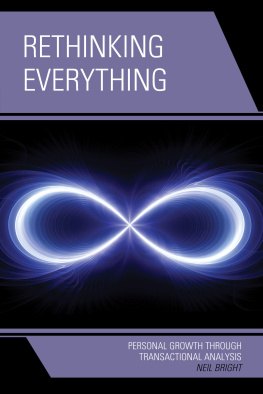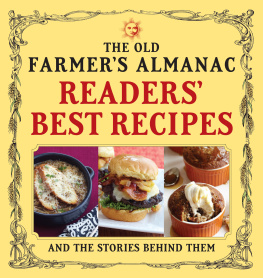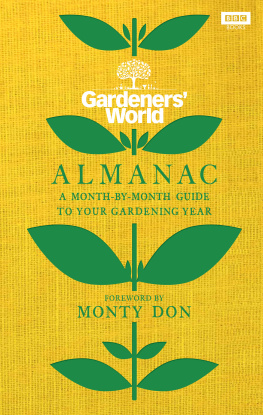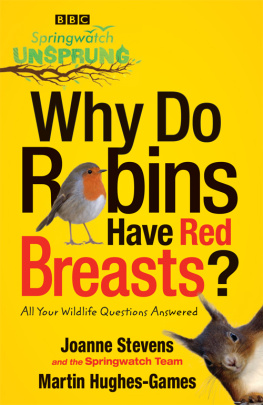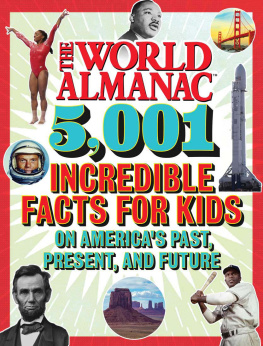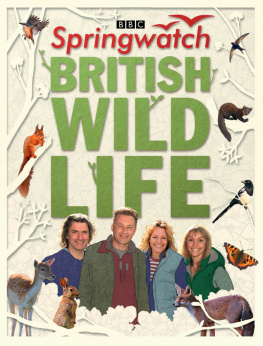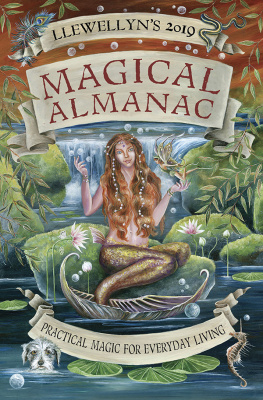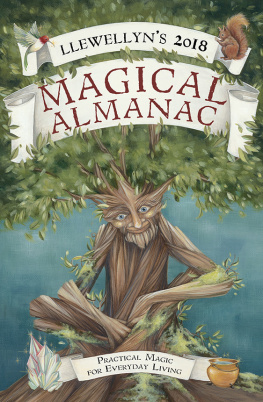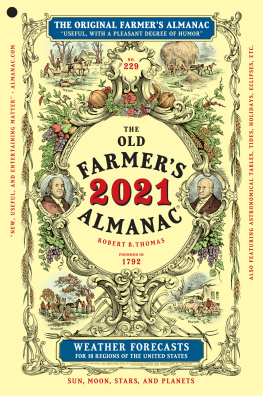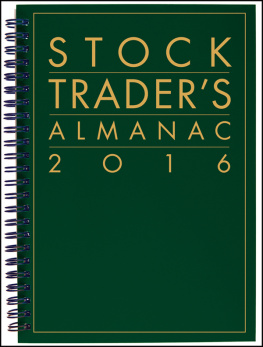

Its unlikely to start with a pair of golden eagles displaying in a thunderstorm or a close-up view of a bittern booming, or a purple emperor pitching up on your nose. More likely an interest in natural history will be seeded by something far more humble, homely even, some little moment of simple magic that ignites a spark which burns for a lifetime and fuels a constant curiosity and hunger to see, hear, smell and touch an unravelling cascade of life.
A ladybird is all it took for me, I think, or maybe it was a tadpole By the time I met a slow worm and found a blackbirds nest it was already the reason to get up and get out in the garden. A glimpse of a fox got me over the fence and a lust for kestrels got me on a bike and cycling the lanes. A car took me past Go, without the 200, and directly to Scotland, where aged 23 I finally caught up with those eagles displaying. All the while my knowledge of and passion for the UKs wildlife had been growing and exploding, and, at the age of 57, it is still progressing in that direction. I wouldnt say that home is where the heart is but the fields and woods and streams, rivers and lakes, the heaths and the moors, the bogs, the beaches and the bits of wasteland behind the bike sheds that lie beyond the door that is where my home has been and its where my heart beats fastest.
Its true that, like many, Ive carried my interest overseas. Ive been tickled by the exotic, but when I walk among the oaks, when the bluebells squeak beneath my soles, when the tawnies screech and the fox barks and the first brimstone bursts brilliantly from the hedge to announce spring, its more relevant. I feel part of it. Im not a tourist picking postcards. Im a caring custodian of a community which nurtures me and which I love immeasurably in return.
And of course Im not alone. The viewers of Springwatch share that affinity en masse. Its at the core of why the series endures: its about our companions in our backyard, the creatures we know and know about. They are ours: although many are shared as they move around the globe, we have a connection with them, and that, combined with the care it engenders, means we always want to know more.
The most exciting thing for a naturalist is not what they know; its what they dont know. Because learning new things about old friends is so good! And this Almanac is packed full of novel and exciting facts, practical advice to facilitate you going out to discover things yourself and suggestions of how to make the most of the tremendous differences between the seasons. I love the monthly fox update. For me this forms a calendar through their lifecycle and behaviour: spring is fox cubs, winter is the braying adults in the cold, black woods. And I love data too, so the sunrises, sunsets, sunshine hours and temperatures are all invaluable when it comes to planning encounters with our wildlife. Its also got history, with the wonderful quotes from Gilbert Whites Natural History of Selborne and loads of fascinating cultural references to the relationships we have or had with our natural neighbours. Its a great repository of interesting things, ordered around an annual cycle and thus a true almanac and dont we love an almanac!
But most of all, this book is a toolkit. Its loaded with ideas and filled with teases to tempt you off the sofa and out into the real world. And when you get there you will see that a lot of that world is in trouble. We live in a strange age for naturalists. I often wonder what people like Gilbert White would make of the world now. His was a time of plenty, when plants and animals were in massive abundance, but his was also an era of very basic exploration and science. Now we live in a ravaged landscape where many species struggle to survive, but thanks to remarkable technologies we learn more about them more quickly than ever before. Its a paradox and a problem but we have solutions. We can restore habitats, re-introduce species and recover their populations, but in truth we are not doing it quickly or widely enough. And thats where you and this almanac come in. If you meet wildlife, you will connect with it, and when you connect you will generate an affinity, in time a love for it. With that will come a concern, a care, a desire to protect and nurture it. But in these desperate times caring is no longer enough to ensure a healthy future for our wildlife. You must take action, must make a difference. Our wildlife needs us, and it needs us more than ever.
Chris Packham
New Forest, 2018
This ebook is copyright material and must not be copied, reproduced, transferred, distributed, leased, licensed or publicly performed or used in any way except as specifically permitted in writing by the publishers, as allowed under the terms and conditions under which it was purchased or as strictly permitted by applicable copyright law. Any unauthorized distribution or use of this text may be a direct infringement of the authors and publishers rights and those responsible may be liable in law accordingly.
Epub ISBN: 9781473531659
Version 1.0
1 3 5 7 9 10 8 6 4 2
BBC Books, an imprint of Ebury Publishing,
20 Vauxhall Bridge Road,
London SW1V 2SA
BBC Books is part of the Penguin Random House group of companies whose addresses can be found at global.penguinrandomhouse.com

Copyright Woodland Books 2018
Text Michael Bright and Karen Farrington 2018
Foreword Chris Packham 2018
Illustrations David Wardle 2018
Cover design: Two Associates
Michael Bright and Karen Farrington have asserted their right to be identified as the authors of this Work in accordance with the Copyright, Designs and Patents Act 1988
This book is published to accompany the television series entitled Springwatch first broadcast on BBC Two in 2018. Springwatch is a BBC Studios production.
Series producer: Chris Howard
Executive producer: Rosemary Edwards
First published by BBC Books in 2018
www.eburypublishing.co.uk
A CIP catalogue record for this book is available from the British Library
ISBN 9781785943676
Commissioning editor: Albert DePetrillo
Project editor: Bethany Wright
Design: seagulls.net
Production: Phil Spencer

It seems to me that the natural world is the greatest source of excitement; the greatest source of visual beauty; the greatest source of intellectual interest. It is the greatest source of so much in life that makes life worth living.
David Attenborough
When it comes to wildlife, Britain boasts a compelling breadth and depth which ensures that we are a nation with plenty of natural riches.
The advantages of getting up close and personal with nature are well documented. Visiting an open space enhances mood and improves fitness. Thats perhaps why such a vast number of people regularly choose to spend time outside, going al fresco for a few hours to entire days each week.
Natural England monitors how the English use the countryside and in the year ending February 2016 we made 879 million visits to parks in towns and cities, 446 million trips to woodlands and forests and 519 million trips along paths, cycle tracks and bridleways.
Next page
